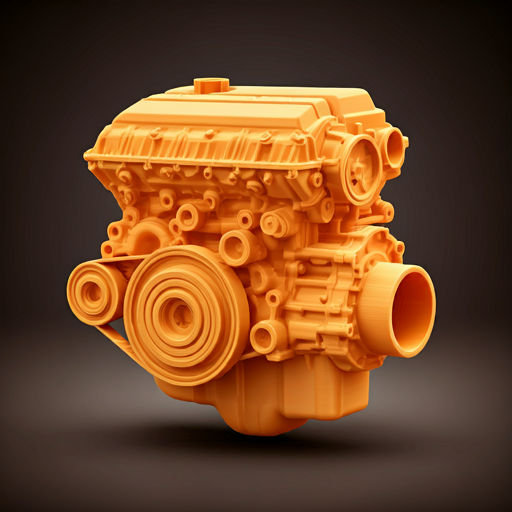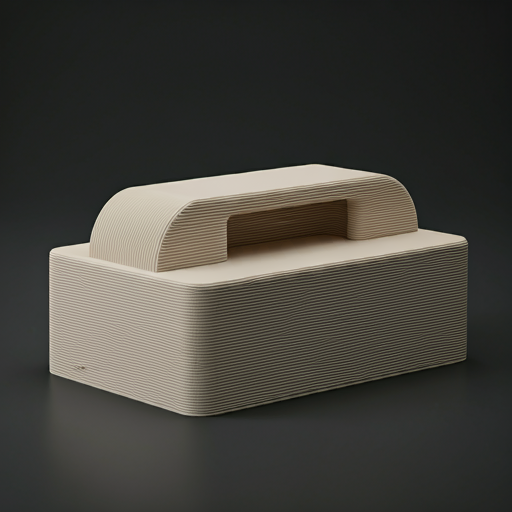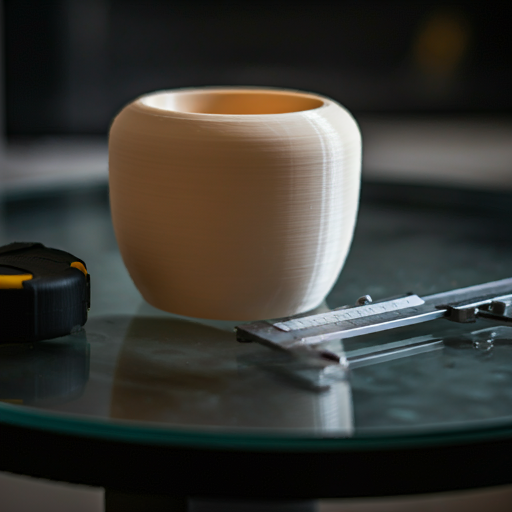
-
How it works
-
Industries
-
Services
-
Material
-
Company
-
Resources













 Industries
Industries
Explore the superior performance of Titanium Ti6Al4V ELI—a high-strength, lightweight titanium alloy for DMLS 3D printing, offering excellent biocompatibility, corrosion resistance, and mechanical properties, ideal for aerospace, medical implants, and high-performance engineering applications.
Ti6Al4V ELI (Extra Low Interstitials) is a high-performance titanium alloy used in DMLS 3D printing. It offers exceptional strength, low weight, and excellent biocompatibility. The ELI grade has reduced levels of impurities, enhancing ductility and fracture toughness. This makes it suitable for critical applications such as medical implants, aerospace components, and high-stress engineering parts.





 DMLS compatible
DMLS compatible High Strength and Low Weight
High Strength and Low Weight Excellent Biocompatibility (ISO
10993)
Excellent Biocompatibility (ISO
10993) High Detail Resolution
High Detail Resolution Corrosion Resistance
Corrosion Resistance High Fatigue Strength
High Fatigue Strength Good Fracture Toughness
Good Fracture Toughness Expensive Material and Processing
Costs
Expensive Material and Processing
Costs Requires Inert Gas Environment for
Printing
Requires Inert Gas Environment for
Printing Potential for Residual Stresses and
Anisotropy
Potential for Residual Stresses and
Anisotropy Difficult to Machine Compared to
Other Metals
Difficult to Machine Compared to
Other MetalsKey Titanium Ti64ELI properties rated to guide you in selecting the best fit for your 3D printing needs.
Ti6Al4V ELI is ideal for producing high-performance parts requiring exceptional strength-to-weight ratios and biocompatibility. It is widely used in aerospace for critical components and in the medical field for implants and surgical instruments.
 Engine components
Engine components Structural parts
Structural parts Airframe components
Airframe components Orthopedic implants
Orthopedic implants Dental implants
Dental implants Surgical instruments
Surgical instruments High-stress components
High-stress components Motorsport parts
Motorsport parts Custom tooling
Custom tooling Experimental parts
Experimental parts High-performance prototypes
High-performance prototypes Advanced engineering applications
Advanced engineering applications
 Chemical Processing Equipment
Chemical Processing Equipment Marine Components
Marine Components Defense Applications
Defense ApplicationsProvides high strength, low weight, and good ductility, suitable for critical applications requiring superior performance.
| Property | Value, metric |
|---|---|
| Tensile Strength | Approximately 900-1000MPa |
| Tensile Modulus | Approximately 110,000 MPa |
| Elongation at Break (%) | 20% |
| Flexural Strength | Approximately 70 MPa |
| Flexural Modulus | Approximately 1,600 MPa |
| Notched Izod Impact Strength | Approximately 3.5 kJ/m^2 |
| Shore Hardness | Shore D 75 |
Printing with Ti6Al4V ELI involves DMLS technology, requiring an inert gas environment (typically argon) to prevent oxidation. The process uses a high-power laser to fuse titanium powder layer by layer. Post-processing includes support removal, stress relief annealing, heat treatment, and surface finishing to achieve desired mechanical properties and surface quality.
| Type | Value |
|---|---|
| Lead Time | 7-20 business days |
| Wall Thickness | Minimum 0.3 mm |
| Tolerance | ±0.1%, minimum ±0.05 mm |
| Max Part Size | Up to 250x 250 x 325 mm |
| Layer Height | - |
High melting point and good thermal stability make it suitable for high-temperature applications.
| Property | Value, metric |
|---|---|
| Heat Deflection Temperature (HDT) | Approximately 95°C at 0.45 MPa |
| Thermal Expansion Coefficient | Approximately 9 x 10^-6 /°C |
| Thermal Conductivity | Approximately 6.7 W/m·K |
| Max Service Temperature | Up to 400°C for continuous use |
Low electrical conductivity, not typically used for conductive applications.
| Property | Value, metric |
|---|---|
| Dielectric Strength | Approximately 10.15 kV/mm |
| Dielectric Constant (1 MHz) | Approximately 2.5 - 3.0 |
| Volume Resistivity | Approximately 10^12 Ω·cm |
| ESD Safety | Not ESD safe |